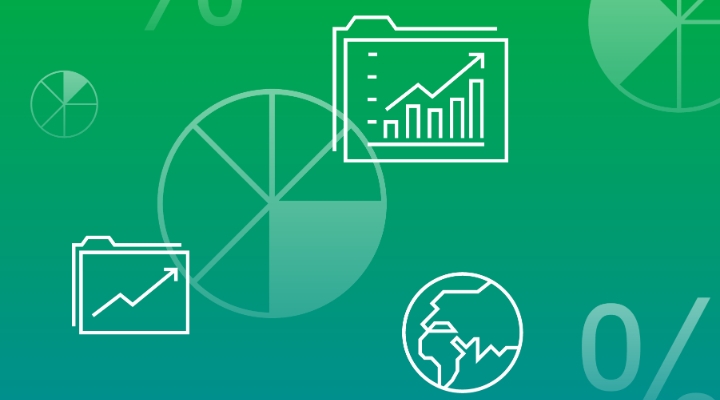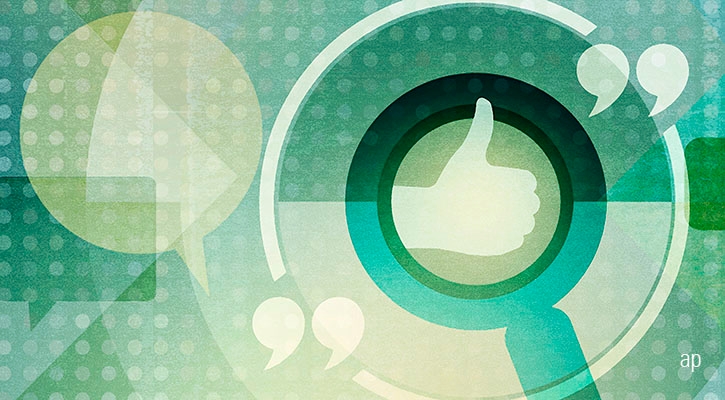Robert Van Den Oever: Welcome to Morningstar. Today, here we are in Amsterdam at the Morningstar Sustainable Investing Summit 2023 where in one-and-a-half days of conference we explore all aspects of ESG investing. And we talk about that today with Jeroen Maas, director of access to care technology and partnerships, of Royal Philips, global leading medical technology company, and we will talk about the effect of social impact that you are aiming for.
You focus on social impact from your company. Why are you doing that and how do you want to achieve that?
Jeroen Maas: Yeah, thanks. Great question. I think the brief answer to the why is, it's in our DNA. We're a purpose-driven company. It's in our purpose statement. We want to touch 2.5 billion lives by 2030, and as a medical company that's really what we do from our core, everything we produce, everything we install, the way we work together with our customers but also focusing more on those people who have less access to healthcare.
RVDO: Can you give some examples of how you want to achieve that goal by 2030?
JM: Yeah. So, the biggest part comes from our goal like the MRI scanners but also the software we develop, patient monitors. But we know there are less privileged communities, medically underserved communities that deserve extra attention. So, we have certain programs really focusing on that. And maybe one example there is the handheld Lumify device that Philips developed for an Indonesian market so that the midwives when they travel for two days to an island in Indonesia to take a picture, they can take that ultrasound, that mobile ultrasound and connect it to any device that they have to look at the picture.
The thing is, we also noticed a device does not solve the problem, you also need interpretation. So, now, we're working with the Bill and Melinda Gates Foundation to develop AI and not only to help people to take the image so that you do not need a certified sonographer there but also to interpret the image and really will comply with the World Health Organisation standard that there should be at least one ultrasound when women are pregnant before 24 weeks of pregnancy. So, that's what we do beyond the core.
And maybe as a third example, we very well understand that we need partnerships. We can't do this alone. And we need digital innovation to go there. So, we collaborate with other parties from pharma, insurance, but also care providers. For example, in Africa, to set up jointly an Africa Health Data Space that is owned by the Africa University Network. Because everybody needs the data to really see as a warning system for pandemics, but also to improve patient care on site. But it's hard to install that by a single sector, let alone a single organisation.
RVDO: Okay. Interesting examples. And you're aiming for social impact, of course. But how do you measure how you are going along in reaching those goals?
JM: Yeah, excellent question. Because measurement is needed not only to show that we progress, but also to keep us on the ball. And so, we have a very extensive sustainability program, and we all have different methodologies there. But specifically for a social goal, touching 2.5 billion lives by 2030, we developed a way to measure that. We worked in collaboration with Harvard there. It took a while, but the shortcut also here is what do we do? So, we take our installed base, so MRI scanners, patient monitors, software implemented. We multiply that by the number of touch points. For example, an MRI scanner scans a number of patients per year. Patient monitors sees less patients a year because sometimes it stays there for a week. And then, we have an outcome, and we eliminate the double count. Because sometimes a patient is touched both by an MRI scanner as well as a patient monitor. So, that's how we measure it. We audit it. We have it audited yearly. We report on the progress. But what I really like is also that we set the goal, the target to work towards. So, we have a target, we have a measurement, and we know where we are. And we know that even though we're really good on our way, we're really making progress, there's still a lot of work to be done.
RVDO: Okay. Well, thanks for your story. Great examples. Great story about how you want to achieve all your goals. Jeroen Maas from Royal Philips, thank you very much for joining us today. From the Morningstar Sustainable Investing Conference in Amsterdam, thank you for watching. I'm Robert Van Den Oever.







:quality(80)/cloudfront-us-east-1.images.arcpublishing.com/morningstar/6BCTH5O2DVGYHBA4UDPCFNXA7M.png)




















